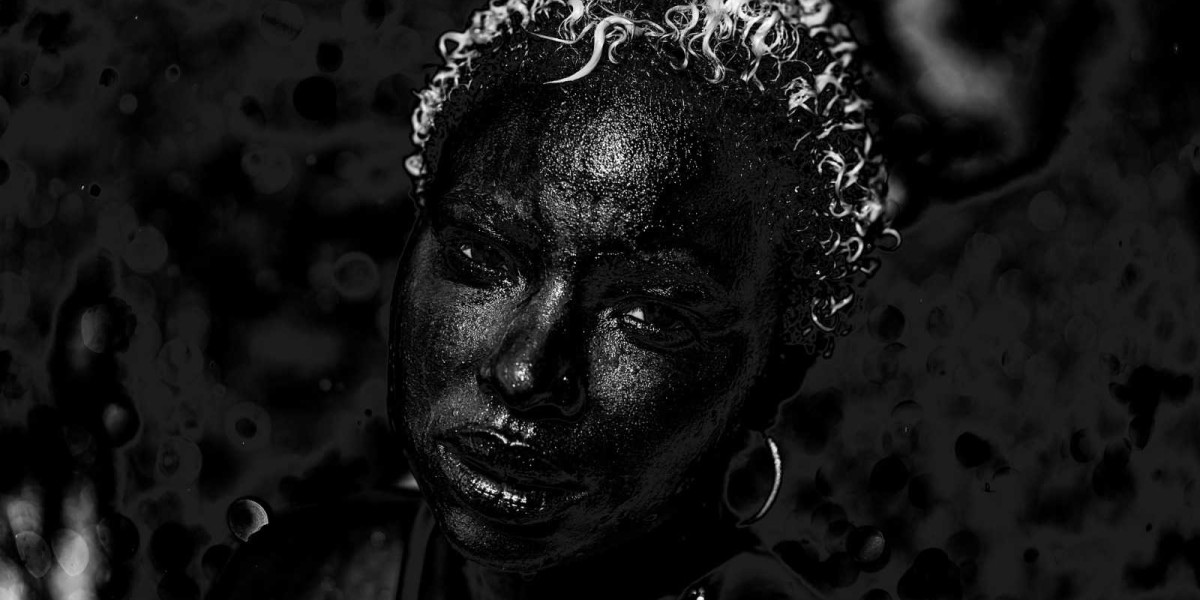Introduction
Haiti, a Caribbean nation already burdened by economic challenges and political instability, has also been at the center of serious environmental concerns. Over the past few decades, there have been allegations that foreign entities, including the United States, have used Haiti as a dumping ground for hazardous waste. These allegations have raised questions about environmental justice, the exploitation of vulnerable nations, and the long-term impacts on Haiti’s environment and public health.

The Philadelphia Ash Scandal and the Khian Sea Incident
One of the most significant and well-documented incidents involved the disposal of incinerator ash from Philadelphia in the late 1980s. The ash, which was a byproduct of burning municipal waste, contained hazardous substances, including toxic heavy metals. Initially, the ash was intended to be dumped in the Bahamas, but after being rejected by the Bahamian government, the waste was redirected to Haiti.

In 1986, the ash, falsely labeled as fertilizer, was dumped near the town of Gonaïves. The shipment consisted of over 4,000 tons of waste, which was spread across an area near the coast. When it was discovered that the "fertilizer" was actually toxic waste, there was public outcry both within Haiti and internationally.
This incident, often referred to as the "Philadelphia ash scandal," shares similarities with the Khian Sea waste disposal incident. The Khian Sea, a cargo ship, infamously wandered for years with 14,000 tons of toxic incinerator ash, searching for a place to dump its hazardous load. After being rejected by multiple countries, including the Bahamas and the Dominican Republic, the ship’s crew eventually dumped some of the ash in Haitian waters, near Gonaïves, under the false pretense of delivering "topsoil fertilizer." The rest of the ash mysteriously disappeared, with its final destination still a matter of speculation.

International Responses and Environmental Justice
The Philadelphia ash scandal and the Khian Sea incident both sparked broader discussions about the responsibilities of developed nations in the disposal of hazardous waste. These events highlighted how vulnerable countries like Haiti could be exploited due to their economic and political weaknesses. The incidents, along with others, led to increased international pressure for stronger regulations on the transboundary movement of hazardous waste.
In response to such incidents, the Basel Convention on the Control of Transboundary Movements of Hazardous Wastes and Their Disposal was adopted in 1989. This international treaty was designed to reduce the movements of hazardous waste between nations, particularly from developed to less developed countries, and to ensure the environmentally sound management of such waste.
Ongoing Concerns
Despite the efforts to regulate hazardous waste disposal, concerns remain about the potential for illegal dumping and the long-term environmental impacts of past actions. While there is no direct evidence of the US government storing liquid chemical waste in Haitian waters, the Philadelphia ash incident and the Khian Sea scandal have contributed to a legacy of mistrust and vigilance among environmental activists in Haiti.

Haitian officials and international organizations continue to monitor the situation, particularly in light of Haiti's ongoing struggles with environmental degradation, deforestation, and the impacts of climate change. The lessons from the 1980s and 1990s serve as a reminder of the need for continued vigilance and stronger international cooperation to protect vulnerable nations from environmental exploitation.
Conclusion
The allegations of toxic waste dumping in Haiti underscore the broader issues of environmental justice and the responsibilities of developed nations in managing hazardous waste. The Philadelphia ash scandal and the Khian Sea incident are stark examples of how vulnerable countries can be exploited, with long-lasting consequences for their people and environment. As the world continues to grapple with the challenges of environmental protection, the story of Haiti serves as a powerful reminder of the need for equity, justice, and accountability in environmental stewardship.
Sources:
- "Haiti: The Poisoning of Gonaïves," The New York Times, Link
- "Toxic Cargo: A Philadelphia Tale," The Philadelphia Inquirer, Link
- "The Basel Convention: Background," Basel Convention Website, Link
- "Environmental Injustice in Haiti," Environmental Health Perspectives, Link
- "Khian Sea Waste Disposal Incident," Wikipedia, Link





























